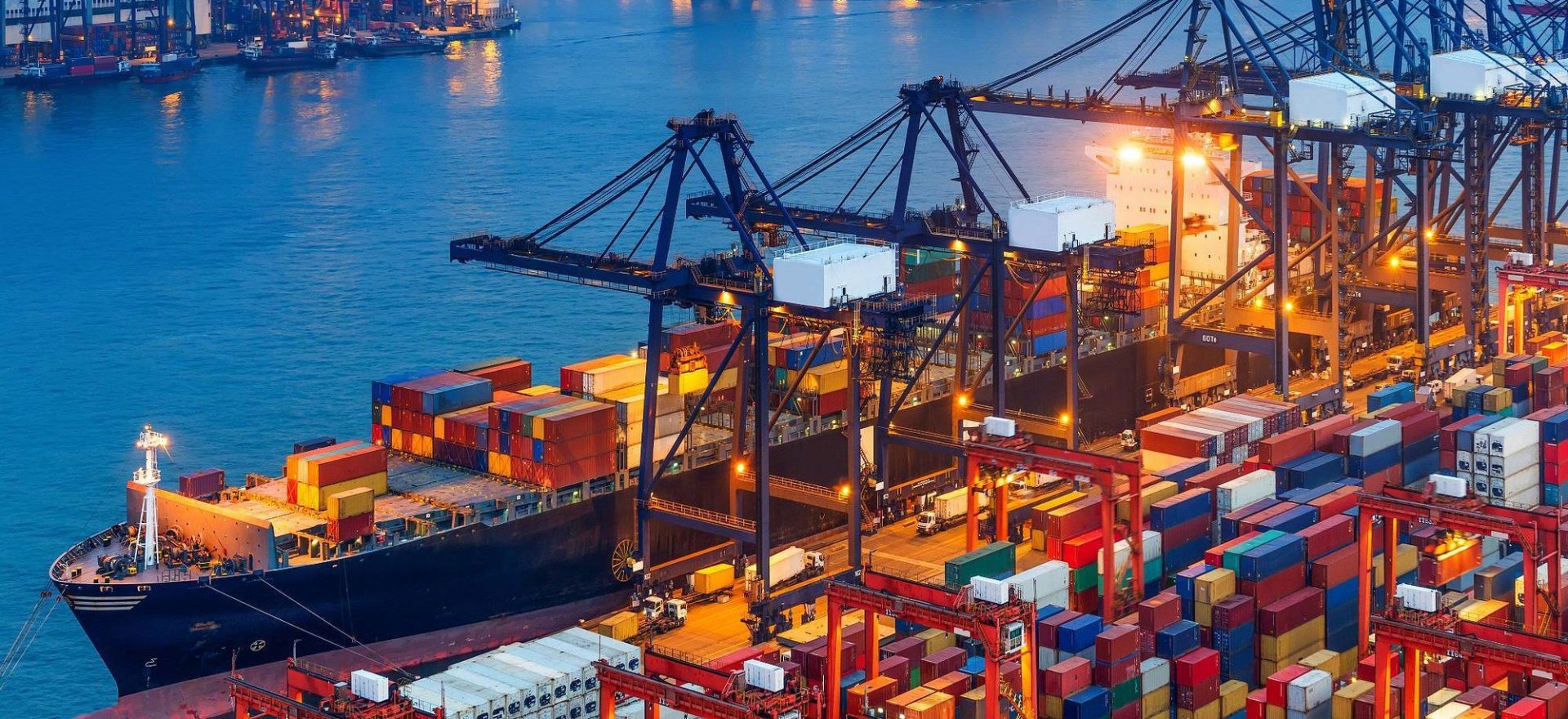During the first five months of FY 2025–26, notwithstanding non-uniform global demand, India’s external trade sector continued to show resilience. Provisional data published by the Ministry of Commerce & Industry state that the cumulative exports both for merchandise and services aggregated to US$ 349.35 billion during April to August 2025, registering a 6.18% year-on-year growth when compared to US$ 329.03 billion during the same period in 2024.
The Ministry, however, went on to say that growth was led by electronics, engineering goods, gems & jewellery, petroleum products, and pharmaceuticals, where services continued to be another key anchor. More importantly, India’s overall trade deficit has narrowed, pointing to a better external balance.
Merchandise exports reached US$ 184.13 billion, a modest 2.52% rise from US$ 179.60 billion last year. Within this, non-petroleum exports showed stronger momentum, climbing to US$ 158.07 billion from US$ 147.25 billion, a 7.35% increase that reflects resilience in India’s core manufacturing and agricultural sectors.
During the same time period, imports were US$ 390.78 billion, up just 2.49% from US$ 381.30 billion the previous year. The country’s trading condition improved as seen by the trade deficit for April–August 2025, which decreased from US$52.27 billion in 2024 to US$41.42 billion.
August 2025:
August proved to be a very successful month for exports, with total shipments totaling US$69.16 billion, up 9.34% from the previous year. In contrast, imports dropped 7% to US$79.04 billion, which significantly decreased the monthly deficit.
- Merchandise exports: US$ 35.10 billion (vs. US$ 32.89 billion in Aug 2024)
- Merchandise imports: US$ 61.59 billion (vs. US$ 68.53 billion)
- Services exports: US$ 34.06 billion (vs. US$ 30.36 billion)
- Services imports: US$ 17.45 billion (vs. US$ 16.46 billion)
- Trade deficit: US$ 9.88 billion, significantly lower than US$ 21.73 billion in August 2024
Sector-Wise Export Drivers (August 2025):
- Electronics: +25.93%, reaching US$ 2.93 billion (vs. US$ 2.32 billion in 2024)
- Engineering goods: +4.91%, totaling US$ 9.90 billion (vs. US$ 9.44 billion)
- Gems & jewellery: +15.57%, valued at US$ 2.31 billion (vs. US$ 2.00 billion)
- Petroleum products: +6.54%, at US$ 4.48 billion (vs. US$ 4.20 billion)
- Pharmaceuticals: +6.94%, climbing to US$ 2.51 billion (vs. US$ 2.35 billion)
India’s export base is diverse, as evidenced by the double-digit rise in cereals, coal & minerals, tea, dairy, poultry, ceramic items, and rice, in addition to these main categories.
The services sector remained a bright spot in India’s external trade. Between April and August 2025:
- Services exports were estimated at US$ 165.22 billion, rising from US$ 149.43 billion last year.
- Services imports stood at US$ 84.25 billion.
- This led to an increase in the surplus from US$ 68.25 billion to US$ 80.97 billion.
This surplus illustrates the worldwide competitiveness of Indian IT services, digital solutions, consulting, and financial services and continues to serve as a crucial buffer against India’s merchandise trade deficit.
Exports in August expanded strongly across both traditional and new destinations:
- UAE: +23.42%
- USA: +7.15%
- Netherlands: +17.87%
- Hong Kong: +62.46%
- China: +22.38%
The sharp rise in shipments to Hong Kong from gems & jewellery and electronics and greater growth to China above all signify an emerging trade linkage of India with Asia, while UAE and USA have stood as reliable supporting engines for export demand.
Key Sources of Imports
On the import front, India saw larger inflows from Russia, Saudi Arabia, Ireland, Iraq, and Qatar. While energy imports seemed to remain the largest from Russian and Middle Eastern suppliers, Ireland became an important source for specialized and high-value imports.
Conclusion:
The Ministry of Commerce & Industry emphasized that the narrowing of the trade deficit alongside the strong growth in the merchandise and services sector testifies to India’s ability to evolve with the shifting global trade dynamics. Electronics, pharmaceuticals, and engineering products are expected to continue to be the main pillars, while agricultural exports add further support.







